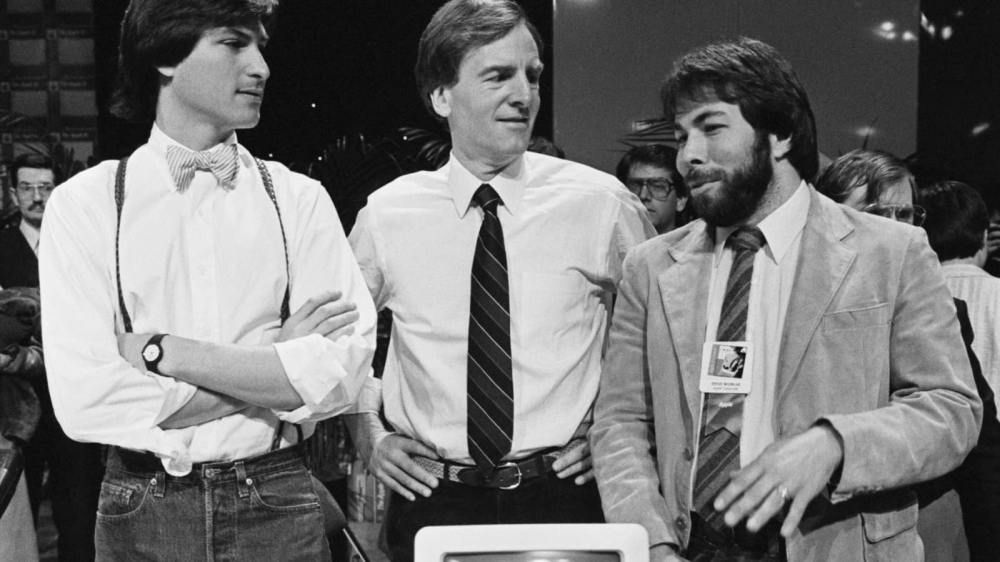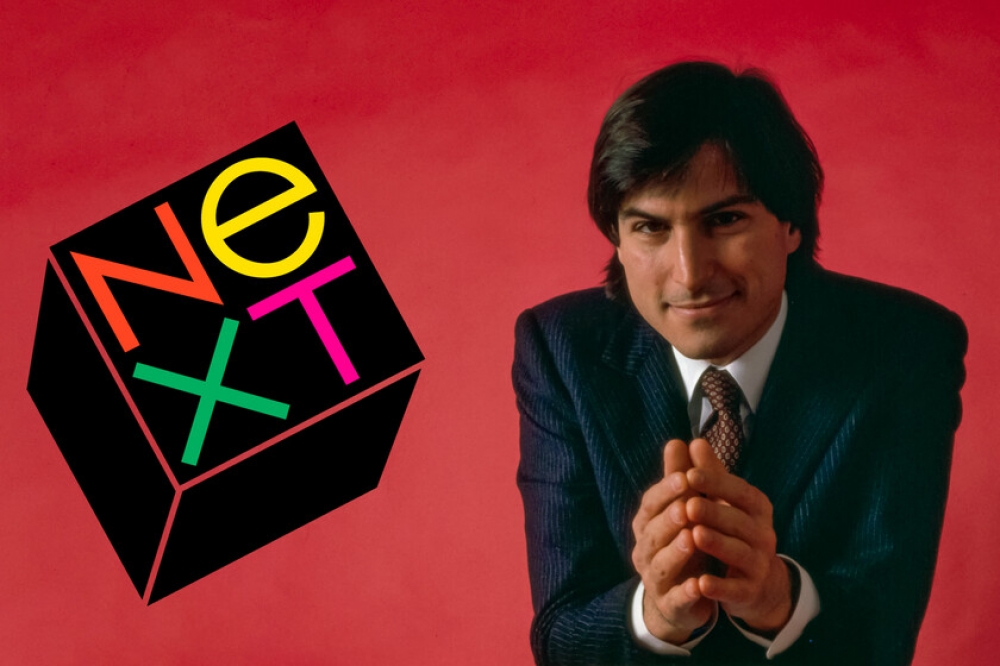Steve Jobs Fired from Apple: What Really Happened
- The visionary founder of Apple got fired from his own company in 1985—here's the wild story.
- A corporate clash, a visionary ousted, and the beginning of a tech legend.
- Apple turned its back on Jobs—what happened next shook the tech world forever.
The Moment Apple Turned Its Back on Its Co-Founder
In 1985, the unthinkable happened: Steve Jobs, the co-founder and visionary behind Apple, was forced out of the very company he had helped to build from a humble garage startup into a tech powerhouse. This shocking move would become one of the most discussed moments in corporate history, serving as a lesson in boardroom dynamics and the complexities of corporate governance.
How It All Began: The Power Struggle at Apple
The seeds of Jobs’ downfall were sown years earlier. Apple, under Jobs' guidance, had become known for its innovative products. Yet, despite this, Jobs was not particularly well-known for his people skills. His management style was often described as abrasive and autocratic, traits that eventually led to friction within the company.
Jobs had grand visions for Apple, and in 1983, he made a decision that would ultimately backfire: He recruited John Sculley, then CEO of PepsiCo, to lead Apple as its new CEO. Sculley, with his background in marketing and management, seemed like the perfect fit. However, the relationship between Jobs and Sculley quickly soured.
 Photo via Apple Inc. // From left to right: Steve Jobs, John Sculley, Steve Wozniak
Photo via Apple Inc. // From left to right: Steve Jobs, John Sculley, Steve Wozniak
The Turning Point: Lisa, Macintosh, and the Clash with Sculley
Two pivotal products, the Lisa and the Macintosh, failed to meet sales expectations, creating tension between Jobs and Sculley. Jobs was moved away from the Macintosh project—a decision that enraged him. In response, Jobs made an ill-fated attempt to take his grievances directly to Apple’s board of directors. The board, already wary of Jobs’ erratic behavior and lack of experience in leading a large company, sided with Sculley.
The exact details of what happened next are debated. Some accounts suggest that Jobs was fired outright, while others claim he resigned in protest. Either way, the result was the same: Steve Jobs, the man who had co-founded Apple, was out.
Aftermath: Jobs’ Departure and His Return to Apple
After leaving Apple, Jobs went on to found NeXT, a company focused on high-end computers. Though NeXT never became a commercial success, it played a crucial role in Jobs’ eventual return to Apple. In 1996, Apple, struggling to stay afloat, acquired NeXT for $429 million. This move brought Jobs back into the fold, and the rest, as they say, is history.
 Photo via NeXT Computer, Inc. // After being fired from Apple, Steve Jobs founded a company called NeXT Computer, Inc. NeXT specialised in computers and software for businesses and higher education.
In 1997, after Apple’s stock price plummeted, the board fired then-CEO Gil Amelio and brought Jobs back as interim CEO. Under Jobs’ leadership, Apple was transformed into the tech giant we know today, with iconic products like the iMac, iPod, and iPhone.
Photo via NeXT Computer, Inc. // After being fired from Apple, Steve Jobs founded a company called NeXT Computer, Inc. NeXT specialised in computers and software for businesses and higher education.
In 1997, after Apple’s stock price plummeted, the board fired then-CEO Gil Amelio and brought Jobs back as interim CEO. Under Jobs’ leadership, Apple was transformed into the tech giant we know today, with iconic products like the iMac, iPod, and iPhone.
You can’t connect the dots looking forward; you can only connect them looking backwards.— Steve Jobs
Reflection: Should Apple Have Done More to Keep Jobs in 1985?
Looking back, one can’t help but wonder: Could Apple’s board have handled the situation differently? Sculley himself later admitted that Jobs was “the greatest CEO ever,” though at the time, he felt Jobs was too inexperienced to lead the company. “I failed to appreciate what effective leadership was,” Sculley later reflected.
The board’s decision to side with Sculley and oust Jobs raises important questions about corporate governance. Was the board too focused on immediate conflicts and not enough on the long-term potential of its founder? It’s a difficult question to answer, especially in hindsight. But one thing is clear: The board could have benefited from better understanding and managing the internal power struggle between Jobs and Sculley.
The Lesson: The Importance of Board Preparedness and Corporate Governance
Jobs’ firing underscores the critical role that boards play in a company’s long-term success. It’s not just about managing risk or overseeing the bottom line; it’s about having the foresight to recognize and nurture visionary talent. Boards must be prepared, well-trained, and capable of navigating complex corporate dynamics. In Jobs’ case, the board’s decision to let him go was a costly one—though, fortunately for Apple, it wasn’t irreversible.
Conclusion: A Story of Perseverance and Redemption
Steve Jobs’ story is one of the most remarkable in business history. His departure from Apple in 1985 could have been the end of his career, but instead, it became the beginning of a new chapter. Jobs didn’t just return to Apple; he came back stronger, more experienced, and more determined than ever.
As Jobs himself once said, “You can’t connect the dots looking forward; you can only connect them looking backwards.” His journey from Apple’s ousted founder to its triumphant leader is a testament to that belief—and a reminder that sometimes, even the biggest failures can lead to the greatest successes.
Recommended by the editors:
Thank you for visiting Apple Scoop! As a dedicated independent news organization, we strive to deliver the latest updates and in-depth journalism on everything Apple. Have insights or thoughts to share? Drop a comment below—our team actively engages with and responds to our community. Return to the home page.Published to Apple Scoop on 28th August, 2024.
No password required
A confirmation request will be delivered to the email address you provide. Once confirmed, your comment will be published. It's as simple as two clicks.
Your email address will not be published publicly. Additionally, we will not send you marketing emails unless you opt-in.